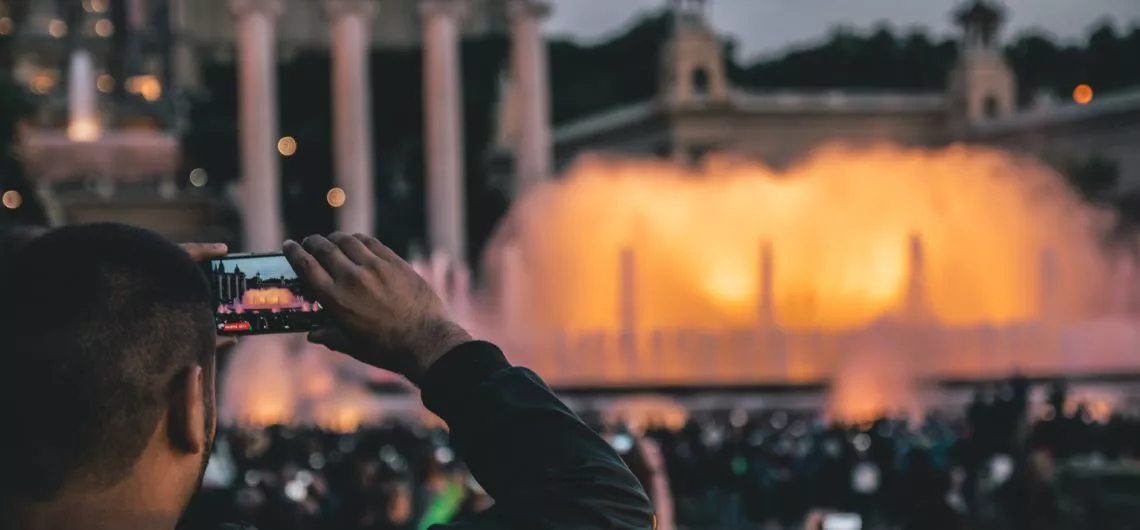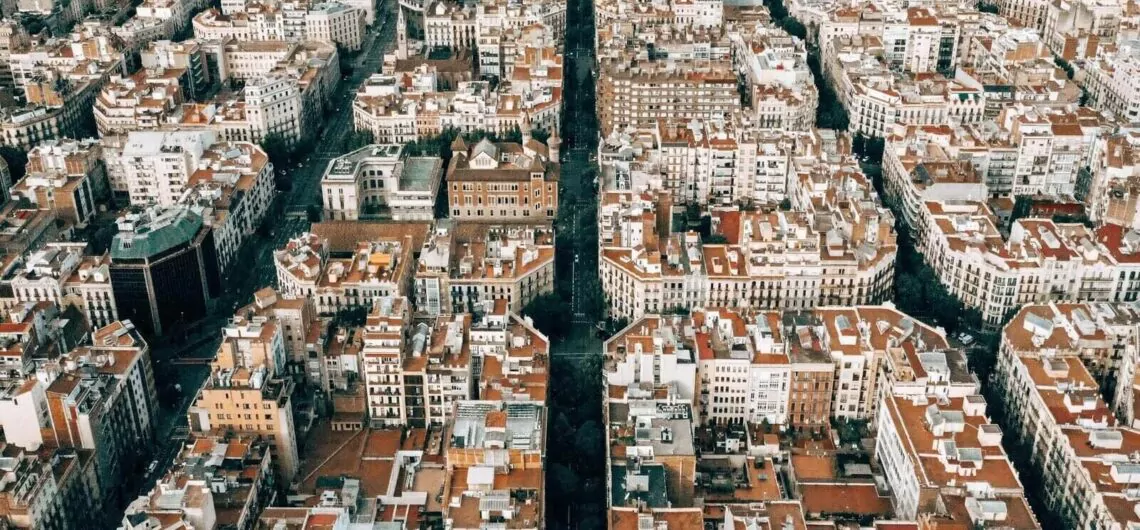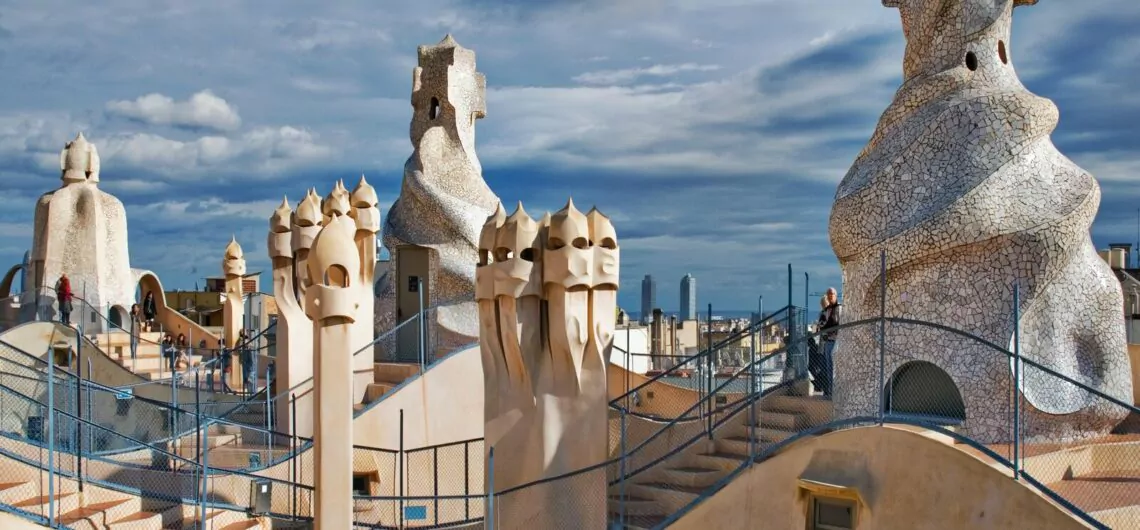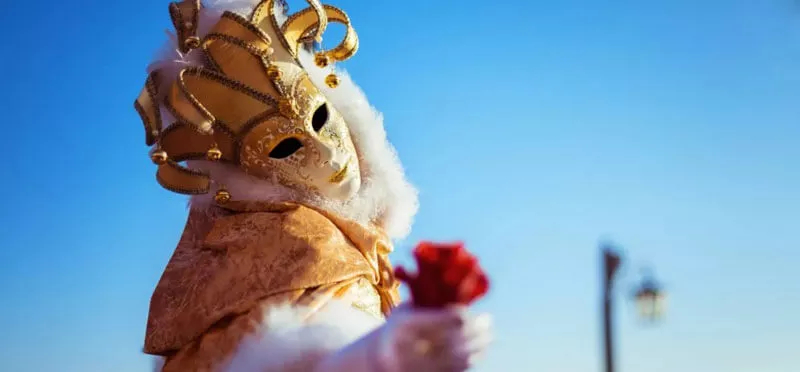Looking for top day trips from Barcelona? Many people visit Barcelona to take in the fantastic sights of the city without realising that there are many incredible sights only a short journey away. Here are our top five unmissable places which are just a short train or car ride from Barcelona. Who knows, they could
Barcelona in April is a springtime delight. Although we have our fair share of showers, the days are warmer and longer, and there’s plenty to head outside for. With temperatures averaging 20 degrees and a stunning blue sky overhead, you can walk around in the afternoons without a coat and extra layers in your bag
September in Barcelona is one of the best months of the year (if we do say so ourselves). Compared to a sweatier, stickier – and sometimes stormier – August, many locals look forward to the cooler evenings, while still enjoying their daily dose of sunshine. The city is still buzzing and BarcelonaTours has some great tips
When planning what to do in Barcelona we recommend checking out all transport options. We love city breaks; they are a fun and vibrant way to travel. Sometimes we only visit a city for a few days and want to cram in a much as possible. Weighing up how to get around is key! Barcelona
Barcelona has so much to offer tourists, so where should you start? Where are the best places to visit in Barcelona? We suggest that no visit would be complete without checking out the modernist treasures left by Anthony Gaudi. His work is so iconic that not only has it shaped the skyline of the city,
This blog was originally posted on February 15th 2019 and was updated for March 2020. Barcelona begins to awaken from its winter slumber in March and spring is tapping at the windows. With temperatures rising, the days growing longer and the streets growing busier, March is a great month to dust off the cobwebs and







